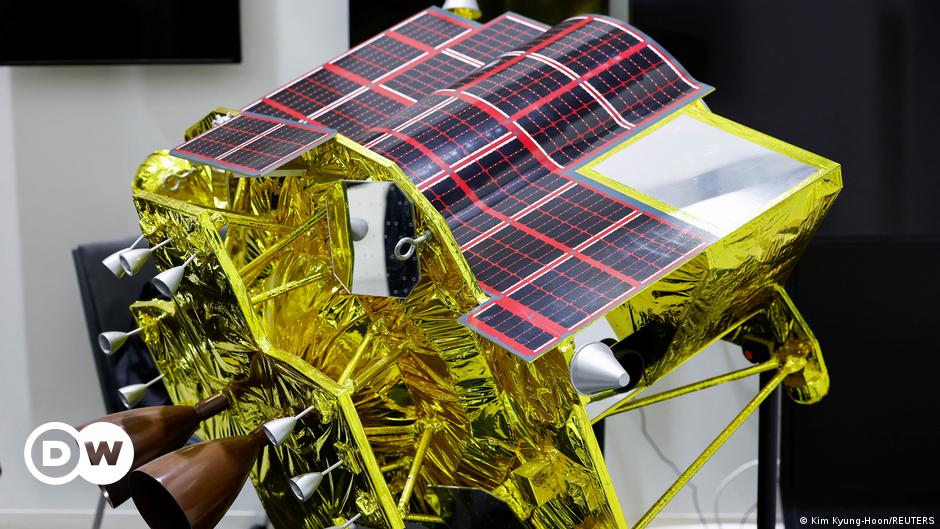So far there have been four countries that have managed to land on the moon. Now there is a fifth nation: Japan. The spacecraft is compact, unmanned and is called SLIM. This stands for “Smart Lander for Investigating Moon”. The plan is for the small, clever landing module to explore the lunar surface in the Shioli Crater, which is also rather small. It is unclear whether the mission is a complete success.
Japan’s space agency JAXA says it has radio contact with SLIM. The probe landed softly. But there are problems with the power supply. So far the probe is using its battery. The solar cells don’t work yet. All other instruments are running, JAXA said.
The new race to the moon
To view this video please enable JavaScript, and consider upgrading to a web browser that supports HTML5 video
SLIM’s batteries last a few hours. However, the Japanese experts hope that the rotation of the moon will change the incidence of the sun in the crater and that the solar cells can still generate electricity.
It is Japan’s third attempt to place a probe on the lunar surface after two failed missions. A successful landing would be a great triumph for JAXA. So far, only the USA, the Soviet Union, China and India have succeeded in landing on the moon.
SLIM is 2.40 meters long and 1.70 meters wide. The landing approach was planned to take around 20 minutes. And it had to be aimed precisely, because there isn’t much space at the target: the Shioli crater only has a diameter of less than 300 meters. After all, those responsible are satisfied when it comes to precision.
Exploration of the lunar mantle for the first time
The scientists assume that the lunar mantle is accessible from the surface in Shioli crater. This is the layer under the crust that has hardly been researched so far. “The rocks exposed here are critical to studying the origins of the Moon and Earth,” said Tomokatsu Morota. He is a professor at the University of Tokyo and specializes in lunar exploration.
According to Morota, it could also provide information about water resources on the moon, which would be important for the possible use of the moon as a stopover on the way to Mars. “The possibility of commercial use of the moon depends on whether there is water at the poles,” Morota told AFP.
SORA-Q probe: toy manufacturer involved in developmentImage: Kim Kyung-Hoon/REUTERS
To study the lunar surface, SLIM has a spherical probe on board that is barely larger than a tennis ball and as heavy as a large potato. To get around on the moon, the metal ball equipped with two cameras can unfold like a children’s action figure and roll through the moon dust on two wheels.
JAXA developed the SORA-Q probe together with toy manufacturer Takara Tomy, Sony and Doshisha University in Kyoto. A toy version of the ball is available on Earth for 21,190 yen (around 130 euros). But SORA-Q will only run if there is enough electricity.
The Japanese space agency had already achieved a precision landing on an asteroid, but the challenge is greater on the moon, where gravity is stronger. The German ESA astronaut Matthias Maurer is certainly convinced of the abilities of his JAXA colleagues. Shortly after touchdown, he congratulated the “successful moon landing” on his social media channel.
AR/mak (JAXA, afp, dpa, ap)
